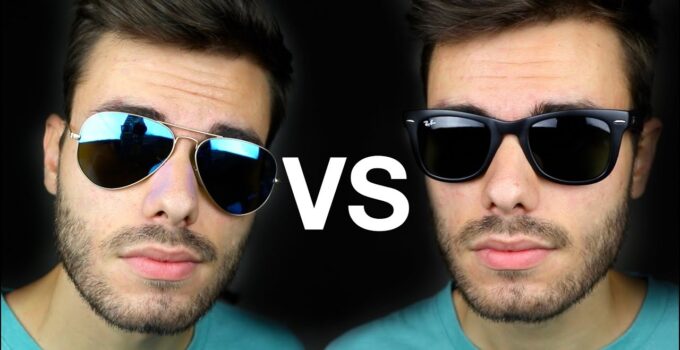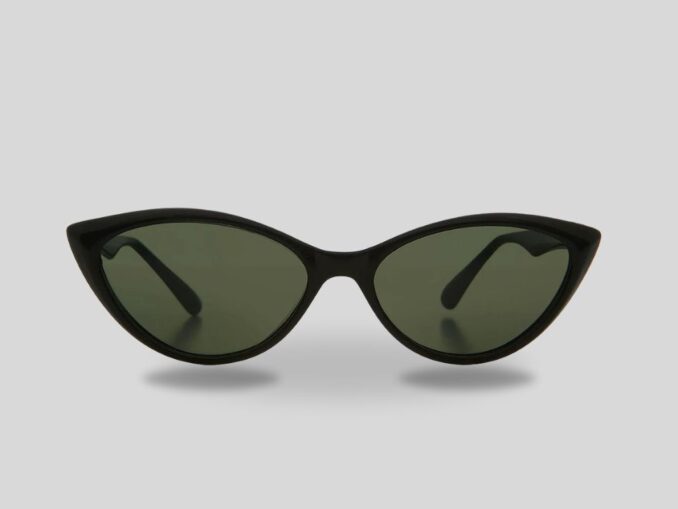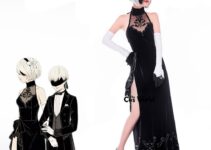Sunglasses have been around since prehistoric times when Inuit peoples fashioned snow goggles from carved bone and wood to protect their eyes from snow blindness. But it wasn’t until the early 20th century that eyewear evolved into the fashionable accessory we know today.
1920s – 1930s: Early Eye Protection
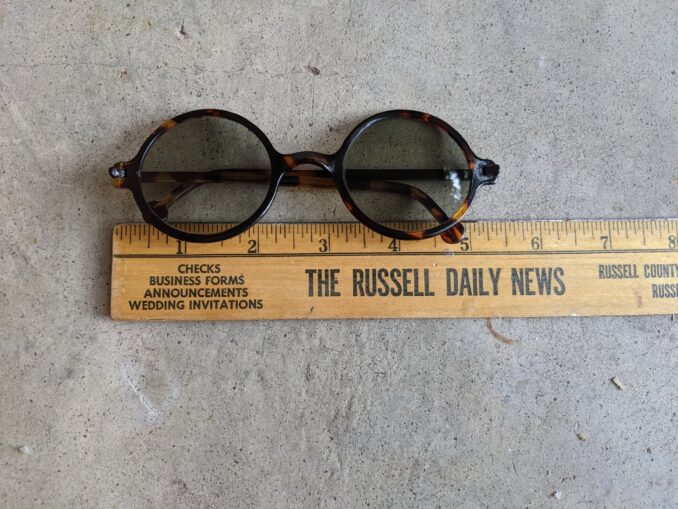
Source: witchyvintage.com
The sunglass craze kicked off in the ‘20s when film stars used tinted lenses to shield their eyes from studio lighting. Small round frames with wire earpieces first appeared around 1927 and quickly gained popularity.
In the ‘30s, brands like Polaroid and Ray-Ban started manufacturing polarized lenses. New colored tints also offered variable protection for different environments.
1940s: Aviators Take Flight
During WWII, pilots needed sunglasses to reduce glare while flying. Bausch + Lomb created aviator style frames with specially designed mineral glass lenses in 1936.
The teardrop shaped metal frames featured large lenses, thin wire temples and signature brow bar. Ray-Ban later introduced gradient mirror lenses in the ‘40s.
Aviators epitomized bravery and adventure, making them hugely popular post-war. Their sturdy build also appealed to the police and public.
1950s: Cat Eye Curve Appeal
Thin metal frames took cues from cat eye silhouettes. Adored by Hollywood starlets, the feminine style featured upswept tips drawing attention to the wearer’s eyes.
1960s: Hippie Chic Takes Over
Psychedelic culture and folk music created demand for hippie chic round “granny/Lolita” frames. Oversized circles in colored opaque plastics freed eyewear from functionality.
John Lennon popularized small round metal styles like the iconic Beatle teashades. Young rebels wore them high on the nose bridge.
The unisex Wayfarer exploded on the scene in 1952 but saw peak popularity in the ‘60s youth revolution. Audrey Hepburn donning them in Breakfast at Tiffany’s clinched their cool factor.
1970s: Disco Fever Outsized Shades
Building on groovy late ‘60s eyewear, the disco era ushered in a glitzier, flashier aesthetic. Metallic frames bedazzled with rhinestones made a larger-than-life statement.
Elton John monogrammed and feathered his wild eyewear. Thick frames with gradient or mirrored lenses ala Janis Joplin created instant attitude. But smaller wire glasses also carried over mainstream.
1980s: Preppy Meets Punk
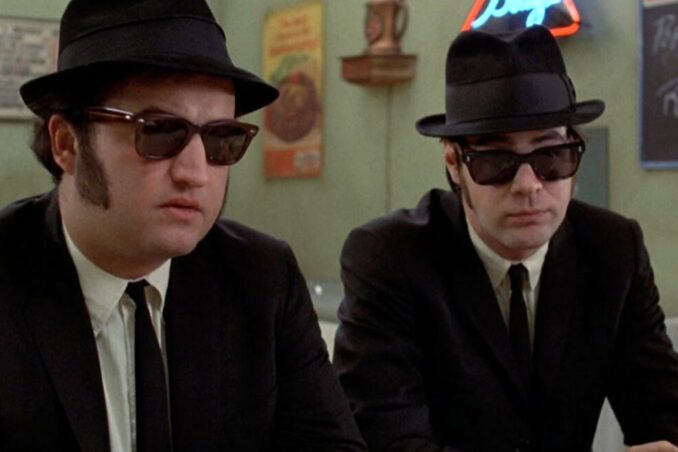
Source: portraiteyewear.com
In the early ‘80s, oversized angular frames lent an arty New Wave vibe. But according to the experts at Olympic Eyewear, classic Wayfarer sunglasses experienced a comeback after The Blues Brothers and Risky Business.
Soon Ray-Ban’s 1950s styles dominated the slick Wall Street era. Yuppies sought out luxury names like Cazal for status. Neon plastics also infiltrated ‘80s youth fashion.
1990s: Minimalist Mood
Grunge fashion and industrial music created appetite for stripped down styles. Smallish rectangular frames had an intellectual mood.
Calvin Klein’s unisex designs attracted the decade’s A-listers with their refined simplicity. Oval metal frames also grew in popularity, prepping for the millennium.
2000s: Bedazzled, Bejeweled, & Beyond
Y2K attitude brought flashy, futuristic details like chained temples, white frames, and colorful mirrored lenses. Rihanna would later skyrocket the shield sunglass trend.
But vintage frames also made a comeback, like ‘80s Wayfarers and ‘50s cat eyes on starlets like Nicole Richie. Quirky combinations like glam oversized squares atop skinny jeans kept eyewear playful.
2010s: Remixing the Classics
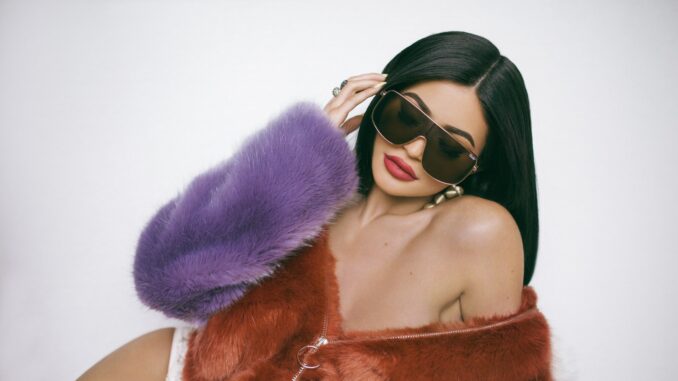
Source: teenvogue.com
While tiny Lolita styles rose with streetwear-loving celebs like Kylie Jenner, much of the 2010s marked a revival of old classics.
But the original shapes got updated with pops of color, digital prints, and unconventional materials like wood or marble. Luxe details like leather and gold rose gold earpieces elevated basics.
To conclude, when it comes to sunglasses styles, self-expression rules supreme. Wearing eyewear that reflects personal style and attitude triumphs over chasing fleeting trends.


